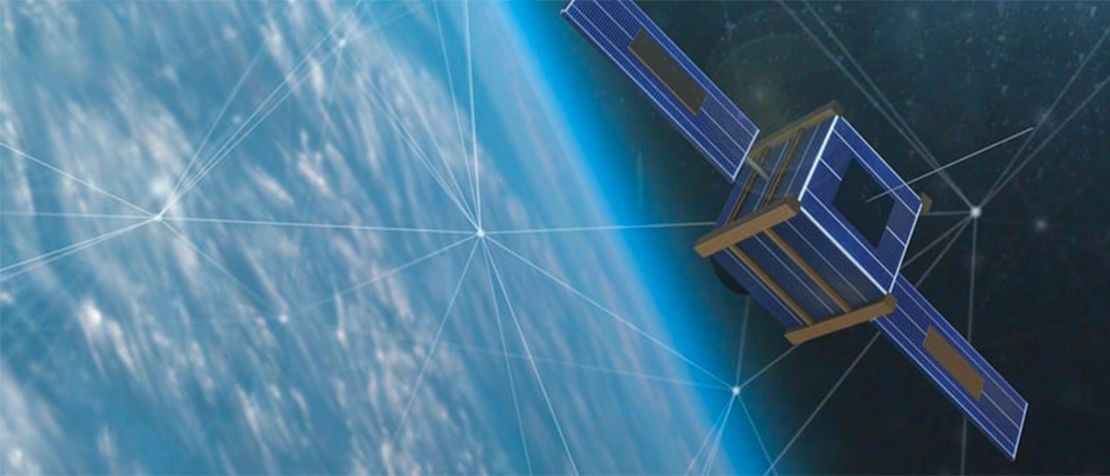
Five key uncertainties around high-speed Internet from low Earth orbit
Our 2020 Predictions report asked “will low Earth orbit (LEO) satellite broadband give us a communications revolution or just a bunch of space junk?” We predicted that by the end of 2020 there would be over 700 satellites in LEO for global broadband internet – we revised that number upward to more than 1,000 in May. Companies around the world are seeking to provide higher speeds, lower latency, expanded global coverage and a better end user experience – all needed even more in a post-COVID-19 world. They are looking to provide improved connectivity for the transportation industry, communication backbones for IoT devices, mobile backhaul, capabilities for governments and direct-to-consumer services. There has been a lot of progress so far this year, even with the disruptions caused by the pandemic. SpaceX has launched 597 Starlink satellites in total (at the time of publishing), and plans to start initial service later in the year after public testing. OneWeb has 74 satellites in orbit, but had to declare bankruptcy. They were a serious competitor for SpaceX and had some distinct advantages, like priority spectrum access requests. It may still be again, the UK government and Bharti Global have bid US$500 million each for a stake in OneWeb, beating out a bid from Canada’s Telesat. Their recovery plan is in progress and OneWeb is planning on ramping up their satellite production and completing their initial constellation. Other well-funded players, like Amazon’s Project Kuiper, with no satellites built yet, are waiting on the figurative launch pad. In addition to the pandemic, the industry faces other challenges – ranging from ground station construction and operation to managing a highly dynamic orbital environment to visual pollution. It is unclear who will be able to achieve a sustainable and profitable approach. Despite promise and potential, there are also five critical uncertainties. User terminal pricing and availability – User terminals for the consumer market should be highly reliable and physically robust, technologically advanced, easy to install and use and inexpensive – not easy. Much work has gone into this problem, but little is publicly known yet. Meeting service expectations and attracting users – Will speed be high enough and latency low enough for high-definition video, high-speed financial trading, near-real-time control over vast networks of IoT devices and video meetings as we work from home? OneWeb has demonstrated live, full-high-definition streaming video, Telesat has demonstrated various services including videoconferencing, and Starlink will soon be testing with the US Army. Industry expansion or consolidation – The Starlink constellation is on its way to operational status. Will OneWeb be able to follow suit? Will Amazon get off the ground? Telesat has launched a prototype satellite and is looking to select a manufacturer for its constellation. Additionally, Chinese state-run companies and private firms want to create their own constellations. How many of these will eventually be operational, and how many is there room for? Shifting regulations – Satellite operators should work with government and international agencies. Over time, regulations around deployment rate, frequency allocation, orbital debris mitigation and de-orbit procedures will likely evolve. There will likely be disagreements and challenges among satellite operators, as well as challenges with regulatory bodies in different countries, affecting the competitive landscape. Collisions and debris – Introducing thousands upon thousands of new objects into LEO will create new opportunities and risks. Although the technology could act as an enabler for new services providing historic benefits, unforeseen consequences could potentially impair our access to space by making it a much riskier and complex environment. DISCLAIMERS
*Any views expressed in this article do not necessarily reflect those of ITU. This publication contains general information only and Deloitte is not, by means of this publication, rendering accounting, business, financial, investment, legal, tax, or other professional advice or services. This publication is not a substitute for such professional advice or services, nor should it be used as a basis for any decision or action that may affect your business. Before making any decision or taking any action that may affect your business, you should consult a qualified professional advisor. Deloitte shall not be responsible for any loss sustained by any person who relies on this publication. About Deloitte Deloitte refers to one or more of Deloitte Touche Tohmatsu Limited, a UK private company limited by guarantee (“DTTL”), its network of member firms, and their related entities. DTTL and each of its member firms are legally separate and independent entities. DTTL (also referred to as “Deloitte Global”) does not provide services to clients. In the United States, Deloitte refers to one or more of the US member firms of DTTL, their related entities that operate using the “Deloitte” name in the United States and their respective affiliates. Certain services may not be available to attest clients under the rules and regulations of public accounting. Please see www.deloitte.com/about to learn more about our global network of member firms. Copyright © 2020 Deloitte Development LLC. All rights reserved.
